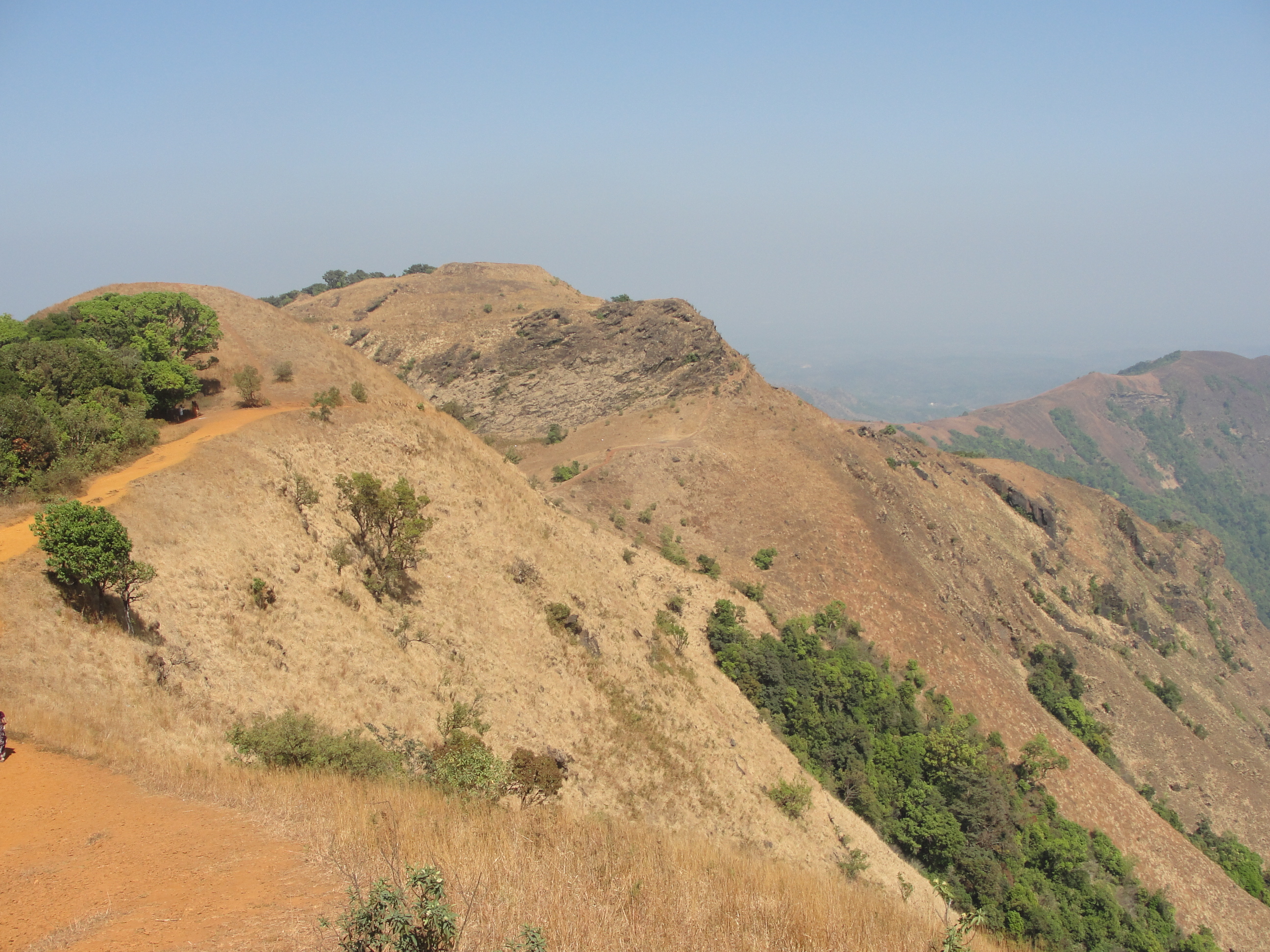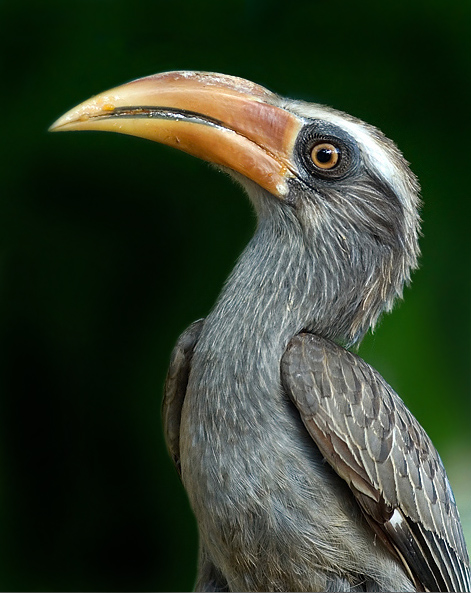|
Kodachadri
Kodachadri ( kn, ಕೊಡಚಾದ್ರಿ) is a mountain peak with dense forests (elevation - 1,343 metres above sea level) in the Western Ghats in South India (Shivamogga District, Karnataka), 78 km from Shimoga. It is declared as natural heritage site by the Karnataka Government. and it is 13th highest peak of Karnataka. Etymology The name comes from native word "Kodacha" or "Kodashi", which means Kutaja flowers, and "Adri", a Sanskrit word for mountain, both combined to coin the word Kodachadri. " Kuţaja" in Sanskrit means ''Girimallika'' or ''Jasmine of the hill'' ('' Wrightia antidysenterica''). The hilly region that is full of "Jasmine of the hills" plants is "Kutajagiri". It is also called "Kutachadri" and "Kodashi Parvatha". Location Kodachadri forms a background to the temple of Mookambika in Kollur. It is located at a distance of 21 km from Kollur and 15 km from Nagodi village, in Hosanagara taluk. 78 km and 42 km from Sagara, Karna ... [...More Info...] [...Related Items...] OR: [Wikipedia] [Google] [Baidu] |
Shimoga District
Shimoga district, officially known as Shivamogga district, is a district in the Karnataka state of India. A major part of Shimoga district lies in the Malnad region or the Sahyadri. Shimoga city is its administrative centre. Jog Falls view point is a major tourist attraction. As of 2011 Shimoga district has a population of 17,52,753. There are seven taluks: Soraba, Sagara, Hosanagar, Shimoga, Shikaripura, Thirthahalli, and Bhadravathi. Channagiri and Honnali were part of Shimoga district until 1997 when they became part of the newly formed Davanagere district. Origin of name ''Shivamogga'' was previously known as Mandli. There are legends about how the name ''Shivamogga'' has evolved. According to one, the name ''Shivamogga'' is related to the Hindu God Shiva. ''Shiva-Mukha'' (Face of Shiva), ''Shivana-Moogu'' (Nose of Shiva) or ''Shivana-Mogge'' (Flowers to be offered to Shiva) can be the origins of the name "Shivamogga". Another legend indicates that the name ... [...More Info...] [...Related Items...] OR: [Wikipedia] [Google] [Baidu] |
Hosanagara
Hosanagara is a panchayat town in Shimoga district in the Indian state of Karnataka. It is nested in western ghats of India. The World Cattle Conference with main emphasis on cow was held in month of April 2007 in Hosanagar. The different uses of cow (not the meat) were exhibited. Near Hosanagar there is a mutt named Sri Ramachandrapura Math, 6 km from the town. Geography Hosanagar is located at . It has an average elevation of 585 metres (1919 feet). Hosanagar Taluk is full of forested areas. A sizable area of the Taluk is covered by the backwaters of Linganamakki Dam, built across Sharavati River. This Taluk receives heavy rainfall during monsoon season (June–October). Hosanagar is a taluk with 30 gram panchayats. A megalithic site has been discovered at the Byse village in the Hosanagar taluka. Climate As this taluk is in the windward side of western ghats, this place gets heavy to heavy rainfall during June–September in the monsoon season. Th ... [...More Info...] [...Related Items...] OR: [Wikipedia] [Google] [Baidu] |
Nagara, Karnataka
Nagara is a historic village in the Shivamogga district of the state of Karnataka, India. It is from Hosanagara or from Shivamogga. This was called Bidanur (Bidanoor) or Bidnur (Bidanoor) earlier during the 16th century, this was the last capital city of Keladi rulers. In 1763, Hyder Ali, Sarvadhikari of Mysore captured this fort and called Hydernagar or Hydernagara after his name "Hyder". Farmers of the region in and around the village were instrumental in sparking the Nagar revolt against the Mysore kingdom in 1830. Nagara was resided by an independence activist by the name of Sripathy Rao Baliga (1914–2003) who continued to work for the welfare of the village in the post independence era. Shivappa Nayaka palace, fort, Devaganga tank, Neelakenteshwara temple and Gudde Venkataramana Swamy temple are worth visiting. The fort is built on a small hill, beside a lake. The fort has a system to circulate water around it for safety. On the hill, within the fort, there ... [...More Info...] [...Related Items...] OR: [Wikipedia] [Google] [Baidu] |
Kollur, Udupi District
Kollur is a village in the southern state of Karnataka, India.Village code= 1292400 Navunda, Udupi, Karnataka It is located in the Byndoor taluk of Udupi district in Karnataka. Demographics As of 2001 India census,Kollour had a population of 3863 with 1900 males and 1962 females. Mookambika Devi Temple, Kollur Mookambika Devi Temple is located in Kollur, which lays approximately 80 km from Udupi and 135 km from Mangalore. The temple is located in the valley of Kodachadri peak. Mookambika Devi Temple is a famous pilgrimage site. Opening Timing: 5:00 AM – 1:30 PM and 3:00 PM – 9:00 PM Mookambika Road Byndoor railway station Mookambika Road Byndoor is a railway station in coastal Karnataka in South India. Its four-letter code is BYNR. Mookambika Road Byndoor is the main railway station in the town of Byndoor in Udupi district. It serves Byndoor city which is 1 kilometre away from the station Trains from here connect the city to prominent state capitals of India l ... [...More Info...] [...Related Items...] OR: [Wikipedia] [Google] [Baidu] |
Paradise Flycatcher
The paradise flycatchers (''Terpsiphone'') are a genus of birds in the family Monarchidae. The genus ranges across Africa and Asia, as well as a number of islands. A few species are migratory, but the majority are resident. The most telling characteristic of the genus is the long tail streamers of the males of many species. In addition to the long tails the males and females are sexually dimorphic and have rufous, black and white plumage. Taxonomy and systematics The genus ''Terpsiphone'' was introduced by the German zoologist Constantin Gloger in 1827. The type species was subsequently designated as the Indian paradise flycatcher. The name is from the Ancient Greek ''terpsi '' "delighting in" and ''phonos'' "voice". The genus contains 17 species: * Bedford's paradise flycatcher (''Terpsiphone bedfordi'') *Rufous-vented paradise flycatcher (''Terpsiphone rufocinerea'') * Red-bellied paradise flycatcher (''Terpsiphone rufiventer'') * Annobón paradise flycatcher (''Terpsiphone ... [...More Info...] [...Related Items...] OR: [Wikipedia] [Google] [Baidu] |
Langur
The Colobinae or leaf-eating monkeys are a subfamily of the Old World monkey family that includes 61 species in 11 genera, including the black-and-white colobus, the large-nosed proboscis monkey, and the gray langurs. Some classifications split the colobine monkeys into two tribes, while others split them into three groups. Both classifications put the three African genera '' Colobus'', '' Piliocolobus'', and ''Procolobus'' in one group; these genera are distinct in that they have stub thumbs (Greek κολοβός ''kolobós'' = "docked"). The various Asian genera are placed into another one or two groups. Analysis of mtDNA confirms the Asian species form two distinct groups, one of langurs and the other of the "odd-nosed" species, but are inconsistent as to the relationships of the gray langurs; some studies suggest that the gray langurs are not closely related to either of these groups, while others place them firmly within the langur group. Characteristics Colobines are ... [...More Info...] [...Related Items...] OR: [Wikipedia] [Google] [Baidu] |
Malabar Pied Hornbill
The Malabar pied hornbill (''Anthracoceros coronatus''), also known as lesser pied hornbill, is a bird in the hornbill family, a family of tropical near-passerine birds found in the Old World. Taxonomy The Malabar pied hornbill was described by the French polymath Georges-Louis Leclerc, Comte de Buffon in 1780 in his ''Histoire Naturelle des Oiseaux''. The bird was also illustrated in a hand-coloured plate engraved by François-Nicolas Martinet in the ''Planches Enluminées D'Histoire Naturelle'' which was produced under the supervision of Edme-Louis Daubenton to accompany Buffon's text. Neither the plate caption nor Buffon's description included a scientific name but in 1783 the Dutch naturalist Pieter Boddaert coined the binomial name ''Buceros coronatus'' in his catalogue of the ''Planches Enluminées''. The Malabar pied hornbill is now placed in the genus ''Anthracoceros'' that was introduced by the German naturalist Ludwig Reichenbach in 1849. The species is monotypic. ... [...More Info...] [...Related Items...] OR: [Wikipedia] [Google] [Baidu] |
Malabar Grey Hornbill
The Malabar gray hornbill (''Ocyceros griseus'') is a hornbill endemic to the Western Ghats and associated hills of southern India. They have a large beak but lack the :wikt:casque, casque that is prominent in some other hornbill species. They are found mainly in dense forest and around rubber, arecanut or coffee plantations. They move around in pairs or small groups, feeding on figs and other forest fruits. Their loud cackling and laughing call makes them familiar to people living in the region. Description The Malabar grey hornbill is a large bird, but at in length it is still the smallest of the Asian hornbills. It has a tail and pale or yellowish to orange bill. Males have a reddish bill with a yellow tip, while the females have a plain yellow bill with black at the base of the lower mandible and a black stripe along the culmen (bird), culmen. They show a broad whitish :wikt:superciliary, superciliary band above the eye, running down to the neck. They fly with a strong fla ... [...More Info...] [...Related Items...] OR: [Wikipedia] [Google] [Baidu] |
Indian Elephant
The Indian elephant (''Elephas maximus indicus'') is one of four extant recognised subspecies of the Asian elephant and native to mainland Asia. Since 1986, the Asian elephant has been listed as Endangered on the IUCN Red List as the wild population has declined by at least 50% since the 1930s to 1940s, i.e. three elephant generations. The Asian elephant is threatened by habitat loss, degradation and fragmentation. Characteristics In general, Asian elephants are smaller than African elephants and have the highest body point on the head. The tip of their trunk has one finger-like process. Their back is convex or level. Indian elephants reach a shoulder height of between , weigh between , and have 19 pairs of ribs. Their skin colour is lighter than that of '' E. m. maximus'' with smaller patches of depigmentation, but darker than that of '' E. m. sumatranus''. Females are usually smaller than males, and have short or no tusks. The largest Indian elephant was high at th ... [...More Info...] [...Related Items...] OR: [Wikipedia] [Google] [Baidu] |
Indian Tiger
The Bengal tiger is a population of the ''Panthera tigris tigris'' subspecies. It ranks among the biggest wild cats alive today. It is considered to belong to the world's charismatic megafauna. The tiger is estimated to have been present in the Indian subcontinent since the Late Pleistocene, for about 12,000 to 16,500 years. Today, it is threatened by poaching, loss and fragmentation of habitat, and was estimated at comprising fewer than 2,500 wild individuals by 2011. None of the ''Tiger Conservation Landscapes'' within its range is considered large enough to support an effective population of more than 250 adult individuals. The Bengal tiger's historical range covered the Indus River valley until the early 19th century, almost all of India, Pakistan, southern Nepal, Bangladesh, Bhutan and southwestern China. Today, it inhabits India, Bangladesh, Nepal, Bhutan and southwestern China. India's tiger population was estimated at 2,603–3,346 individuals by 2018. Around 300–5 ... [...More Info...] [...Related Items...] OR: [Wikipedia] [Google] [Baidu] |





